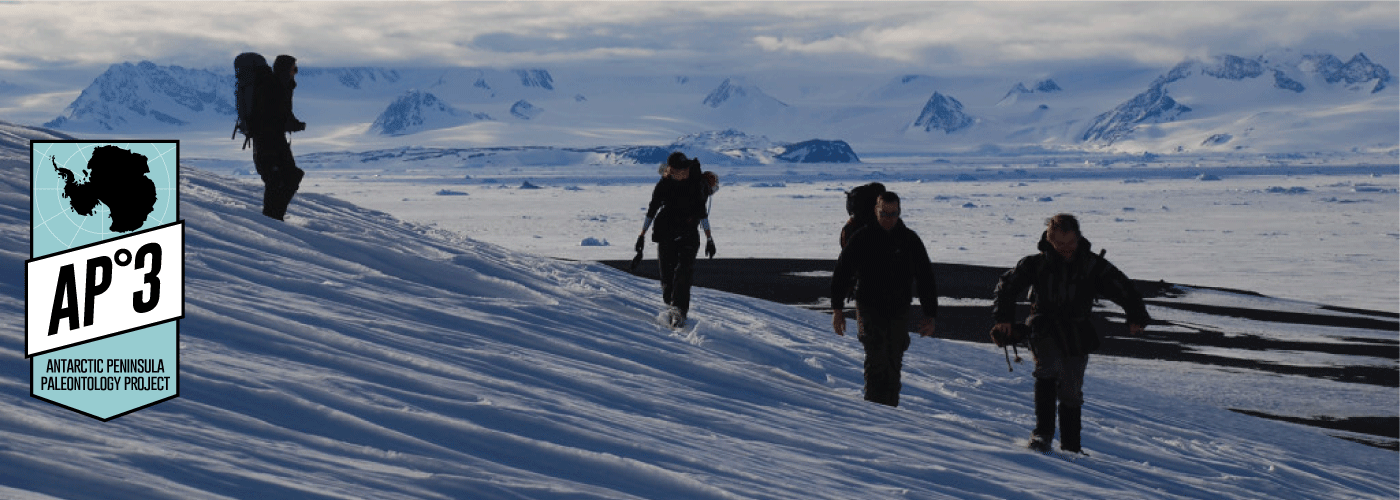Though today it’s a frozen, inhospitable continent, Antarctica was a very different place at the end of the Age of Dinosaurs and the beginning of the Age of Mammals (from about 100 to about 40 million years ago). It was relatively warm and lush, and home to a great diversity of plants and animals, including dinosaurs. It may have even been the place where some animals that are important in today’s ecosystems (such as modern birds and certain mammal groups) got their start.
Paleontological and geological discoveries have provided many clues as to what Antarctica was like during this time, but countless mysteries remain. Our research team, collectively known as the Antarctic Peninsula Paleontology Project, or AP3, is conducting expeditions to Antarctica in search of answers.
The AP3 is directed by vertebrate paleontologists from Carnegie Museum of Natural History, Ohio University, The University of Texas at Austin, and the American Museum of Natural History. We’re funded primarily by the National Science Foundation (grants ANT-1142129, ANT-1142052, ANT-1142104, ANT-1141820, and ANT-0636639), with additional support from Carnegie Museum of Natural History, the Ohio University College of Osteopathic Medicine, the Jackson School of Geosciences at The University of Texas at Austin, and the American Museum of Natural History.
Latest news
The first syrinx (bird voice box) from the Age of Dinosaurs!
https://www.nsf.gov/news/news_summ.jsp?cntn_id=189996
